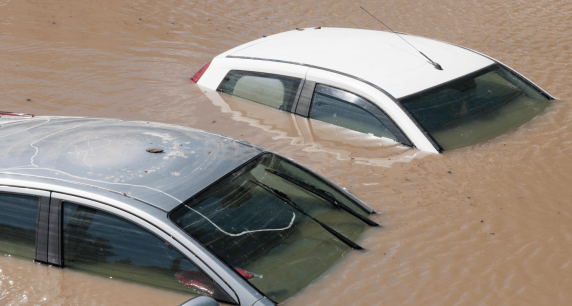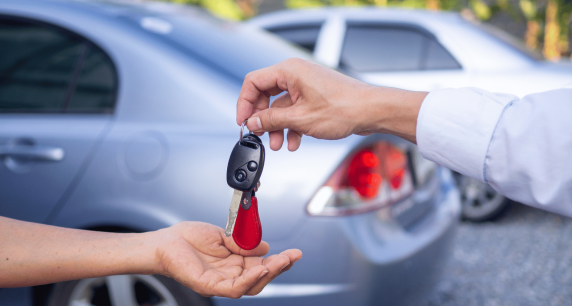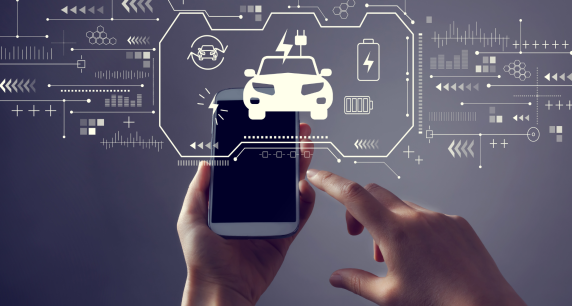Riding The Clutch: What Does It Mean? (& Why You Should Avoid It)
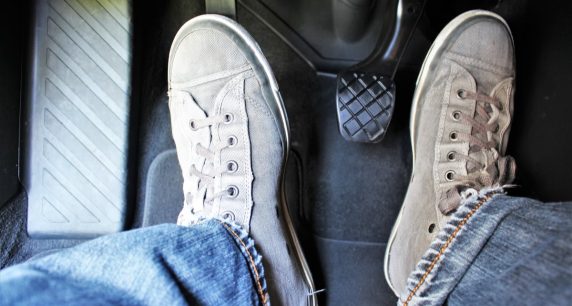
If you’re not sure what riding the clutch is, or why it’s such a bad idea, read on. We’ll explain everything you need to know about this bad driving habit.
If you drive a manual transmission car, you have some different operations than the average automatic transmission driver. You have to depress the clutch pedal to shift gears instead of the process happening automatically. However, there are ways to do this wrong, especially if you are riding the clutch.
In this guide, we talk about what it means to ride the clutch. We also discuss why you shouldn’t do it and give you some practical tips that will help you stop the bad practice. In this blog, we will also examine how long the clutch should last, what the cost of replacement might be and how to tell when it’s time to replace it.
WHAT IS RIDING THE CLUTCH?
While riding the clutch sounds like it is just some slang used in the automotive field, it is a real condition. When you ride the clutch, you don’t allow the pedal to be released completely and it’s not fully depressed. It’s a method of controlling speed without the use of the brake.
People ride the clutch at stop signs or stop lights to avoid pushing in the brake pedal. The clutch pedal is also used to keep the speeds slower than they would be otherwise. It can also mean that you rest your foot on the clutch pedal, which will wear down the clutch over time.
There are times when you are going to inadvertently ride the clutch. For example, if you are pulling out of a spot backward, you will need to ride the clutch slightly.
If taken care of, the clutch is meant to last. You can avoid repair by using the clutch the way it was intended, which isn’t to ride it.
WHY YOU MUST AVOID RIDING THE CLUTCH
Under normal conditions, pushing the clutch pedal in causes the hydraulics to move the release bearing against the clutch plate. A spring holds that clutch disc up against the flywheel, so all of the tension is released. As the disc floats between the clutch plate and flywheel, you can shift gears.
When the clutch isn’t fully disengaged or engaged, the clutch plate slips against the flywheel, operating more like a brake pad. There will also be some slipping while the transmission and engine speeds match up. The less slip there is, the longer your clutch is going to last.
On the other hand, leaving your foot on the pedal at all times causes the bearing to rest on the clutch plate splines, which is going to wear out faster. There will also be more wear to the bearing.
WAYS TO PRESERVE CLUTCH
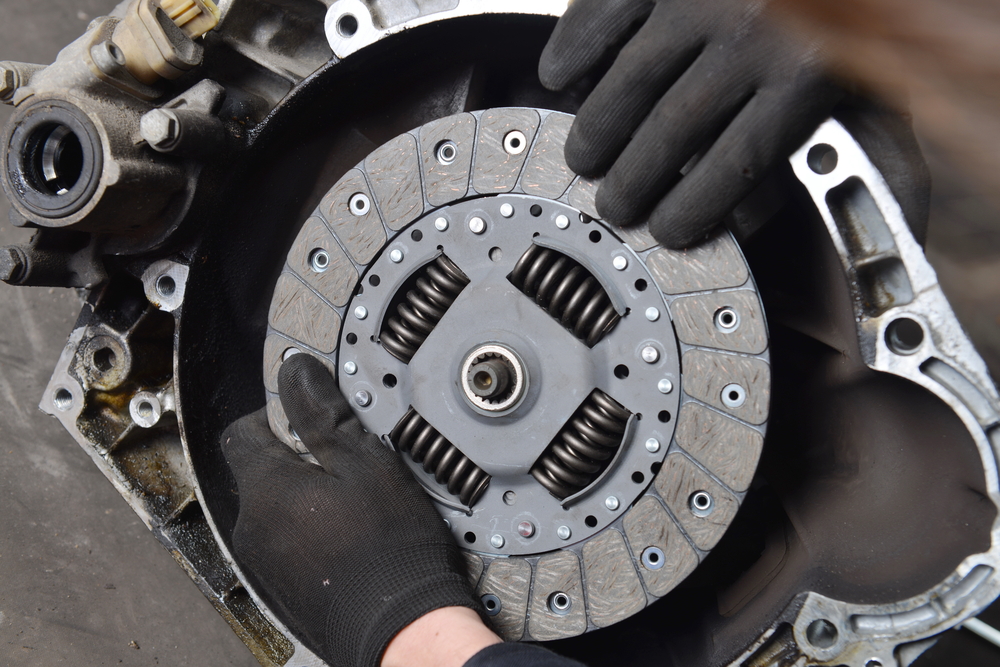
- Take Your Foot Off the Pedal
If you aren’t paying attention, it’s easy to leave your foot sitting on the clutch pedal. However, this causes you to ride the clutch, sometimes without knowing it. Instead, you want to use the footrest that’s to the left of the pedal when you aren’t using it. If the area near the clutch is cramped, you may need to rest your foot on the floor in front of the pedal instead.
It can take some time to get into this new habit. You must consciously choose to take your foot off of the pedal when you are done changing gears.
- Adjust Driving Position
If you are positioned too closely to the clutch pedal, it’s going to be difficult to get your foot in its appropriate place. You need to figure out a better way to sit.
We recommend moving the seat back to give your legs and feet the room that they need to be comfortable. The more comfortable you are, the easier it will be to place your foot where it belongs.
- Use Neutral When Stopped
If you have to sit at traffic lights, you might think it makes the most sense to leave the car in first gear with your foot on the brake and clutch down. However, it would be better on the system if you shifted into neutral and took your foot off of the clutch until it is time to move.
If necessary, you can also use the handbrake if you will be stationary for a long time. Although, the handbrake is mainly used for parking, as seen in our next tip.
- Park with Handbrake
You might not think it matters what gear your car is in when you are parked. Yet, leaving it in gear can lead to wear on the clutch, even with the engine turned off.
Instead, you want to use your handbrake when parking. It secures the car the right way. With this method, you take all of the pressure off of the clutch plate while it is not in use.
- Change Gears Quickly
When it comes time to change gears, don’t dawdle. It’s understandable when you are a new manual transmission operator that you would need a little more time to figure everything out. Yet, this isn’t something you want to get used to doing.
When you change gears, you don’t want it to take a long time. For every second that the clutch pedal is depressed unnecessarily, you put additional strain on the clutch. What might not seem like a big deal upfront quickly adds up when you think about how many times per drive you do it. Even a couple of seconds can turn into several minutes over the course of the journey.

